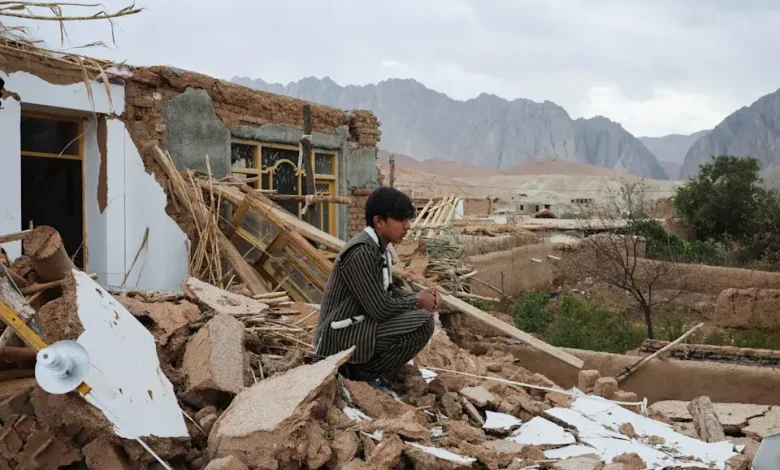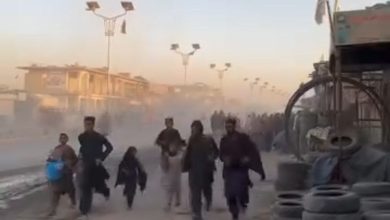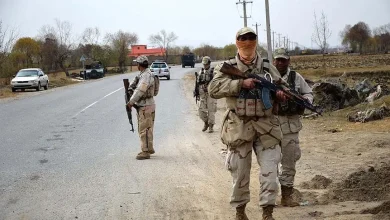WHO Reports Extensive Damage and Casualties After Northern Afghanistan Earthquake

The World Health Organization (WHO) has released its second official report detailing significant human and infrastructural losses following a 6.3-magnitude earthquake that struck northern Afghanistan in the early hours of November 3, 2025. The epicenter was near Mazar-i-Sharif, and the provinces of Balkh and Samangan suffered the most damage, with other northern provinces including Baghlan, Jawzjan, Sar-e Pol, and Kunduz also affected.
According to the report, at least 26 people—18 men and 8 women—were killed and 1,144 injured. Balkh province reported 12 deaths and 635 injuries, while Samangan saw 13 deaths and 418 injuries. Approximately 430 homes were destroyed, including 279 houses in Khulm district of Samangan province and 151 homes in Qushmahala village in Feroznakhsar district.
Several healthcare facilities were also damaged. The Bulgali Primary Health Clinic in Samangan—supported by WHO—sustained damage, and the provincial hospital’s laboratory in Samangan collapsed, destroying essential medical equipment. The Haitan Clinic in Balkh was also affected.
WHO stated that within an hour after the quake, emergency response teams were deployed, and urgent medical supplies were dispatched. These included four Trauma Emergency Surgery Kits (TESK) and one Interagency Emergency Health Kit (IEHK), expected to serve the health needs of approximately 10,000 people for up to three months.
The kits were delivered to hospitals in Balkh, Khulm, and Samangan. An additional 5 tons of medical supplies were transferred from Kabul to an emergency warehouse in Mazar-i-Sharif to be used in case of further aftershocks or other emergencies. Twelve health surveillance teams already stationed in the northern provinces are now actively monitoring for outbreaks of communicable diseases.
Six ambulances from Balkh have been deployed to the affected areas, and medical teams continue to treat the injured in hospitals across Balkh, Samangan, and Khulm. However, the Taliban administration has yet to implement a comprehensive crisis management plan. The absence of responsive leadership has posed serious challenges to relief efforts.
The WHO report also highlighted several obstacles, including landslides in Khulm district that have blocked the Balkh-Kabul highway, and power outages in affected areas. Overcrowding in the Khulm hospital and a shortage of medical resources have hindered the delivery of healthcare services.
In its list of urgent needs, WHO called for increased hospital capacity, provision of adequate medical equipment, and deployment of medical personnel. It also emphasized the need for sustained healthcare and psychological support for displaced individuals in Qushmahala and Khulm. The Taliban, facing both domestic and international legitimacy challenges since taking power, have failed to effectively manage the crisis, leaving international organizations to shoulder the burden of supporting victims.




